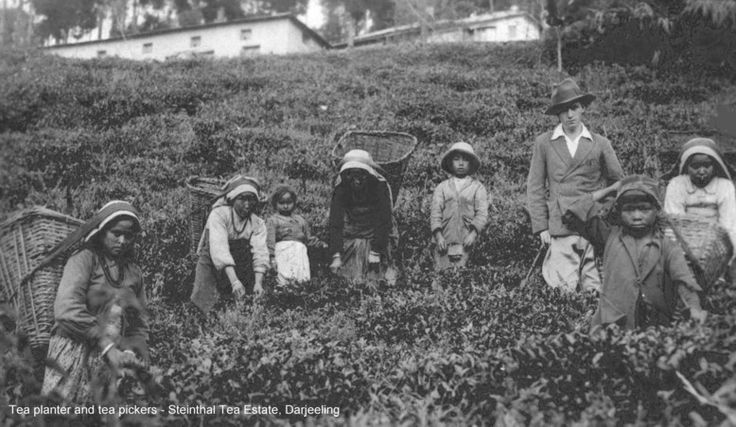darjeeling: A journey Through time

Nestled in the foothills of the Himalayas, Darjeeling is a picturesque town in the Indian state of West Bengal that is renowned for its breathtaking views, lush tea gardens, and vibrant culture. But beyond its natural beauty lies a rich and fascinating history that has shaped the town into what it is today.
The history of Darjeeling dates back to the early 19th century when it was a part of the Kingdom of Sikkim. The area was relatively unknown to the outside world until the British East India Company set its sights on the region for its strategic location and cool climate. In 1835, the British acquired Darjeeling from the Kingdom of Sikkim through the Treaty of Titalia, marking the beginning of a new chapter in the town’s history.
One of the most significant developments during the British colonial period was the establishment of Darjeeling as a hill station. The British were drawn to Darjeeling for its cool and temperate climate, which provided a welcome respite from the scorching heat of the Indian plains. They began developing the town as a summer retreat and administrative center, building schools, churches, and other infrastructure that still stand today as a testament to Darjeeling’s colonial past.
But perhaps the most enduring legacy of the British in Darjeeling is its tea industry. In the mid-19th century, the British introduced tea cultivation to the region, taking advantage of the fertile soil and ideal climate for growing tea. The first commercial tea garden, known as the Lebong Tea Estate, was established in 1852, paving the way for Darjeeling to become synonymous with high-quality, aromatic tea that is prized by connoisseurs around the world.
Darjeeling’s tea industry flourished in the years that followed, with more tea gardens being established and the town becoming a hub for tea production and trade. The unique flavor and aroma of Darjeeling tea, often referred to as the “Champagne of Teas,” became a symbol of the town’s identity and a source of pride for its residents.
In addition to its colonial heritage and tea industry, Darjeeling is also known for its diverse and vibrant culture. The town is home to a mix of ethnicities, including Nepalis, Tibetans, Bhutias, and Lepchas, each contributing to the cultural tapestry of Darjeeling. The annual Darjeeling Carnival, held in May, is a celebration of this cultural diversity, featuring music, dance, food, and art from different communities in the region.
Today, Darjeeling continues to attract visitors from around the world who come to experience its natural beauty, sample its renowned tea, and immerse themselves in its rich history and culture. The town’s colonial architecture, tea gardens, and panoramic views of the Himalayas serve as a reminder of its past while also pointing towards a future filled with promise and potential.
As Darjeeling evolves and grows, it remains rooted in its history, a testament to the enduring legacy of the British colonial era and the resilience of its people. From its humble beginnings as a sleepy hill station to its status as a world-renowned destination, Darjeeling’s journey through time is a testament to the transformative power of history and the enduring spirit of a place that continues to captivate and inspire all who visit.

